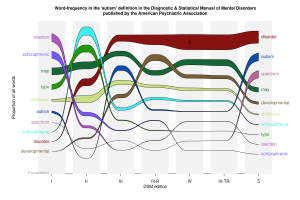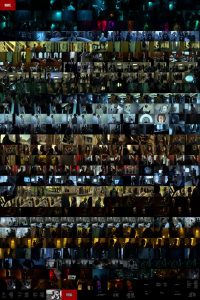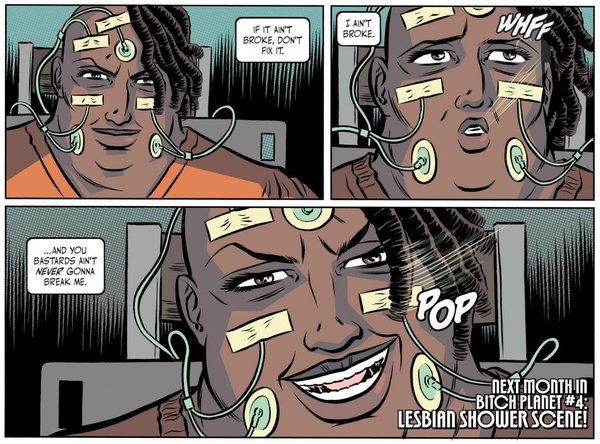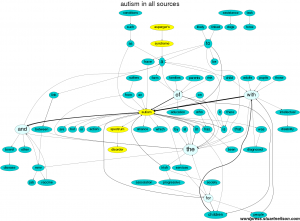I like making photographs and find photography incredibly helpful – as a record of holidays and places, of the gas reading, or just to note the location of sockets on the back of the television; as a shield to deflect attention in busy places or to reduce anxiety in fearful situations (like zip-lining); or my favourite, photographing insects and minute things. The world is a fractal, with detail at all scales from continents to sand grains, so moving far away (in an aircraft) or zooming in close can be very interesting. No matter how far or close, the image always has details.
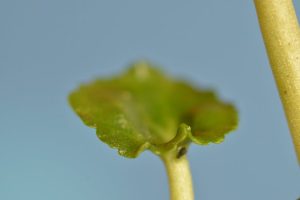
This is a weed leaf that blew off an extension roof. Taking a photograph at high magnification can be difficult because the depth of field (the region in focus) is very small, and only the front edge and water drop are in focus here. If you are wondering, this leaf is about 6mm (1/4″) wide.
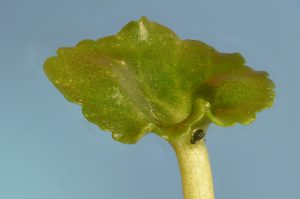 Taking a sequence of images (twelve, in this case) focused progressively from the front to the back of the leaf saves a collection of “slices” of in-focus leaf at different distances. This allows me to make a composite image with the whole leaf in focus. (I used align_image_stack and enfuse to align all the images and then combine them into one focused composite).
Taking a sequence of images (twelve, in this case) focused progressively from the front to the back of the leaf saves a collection of “slices” of in-focus leaf at different distances. This allows me to make a composite image with the whole leaf in focus. (I used align_image_stack and enfuse to align all the images and then combine them into one focused composite).
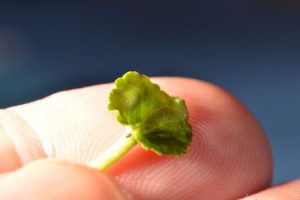 This is the leaf on my forefinger, which is about 18mm across. You might notice a dark smudge on the stem, just below the front edge of the leaf. She is an early visitor.
This is the leaf on my forefinger, which is about 18mm across. You might notice a dark smudge on the stem, just below the front edge of the leaf. She is an early visitor.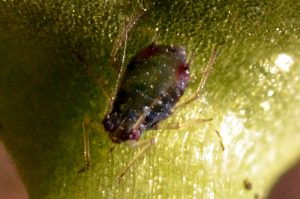 Zooming a bit closer reveals her to be an aphid of some form. She is about 0.8 mm long. I had no idea that she was there when I picked up the leaves, and only noticed after I had taken the first series of photographs.
Zooming a bit closer reveals her to be an aphid of some form. She is about 0.8 mm long. I had no idea that she was there when I picked up the leaves, and only noticed after I had taken the first series of photographs.
The world is full of incredible detail like this, which we miss most of the time in favour of objects on our own scale and objects that have social connections. My family often complain, especially on holiday, when I get distracted by the beautiful details at ground level.
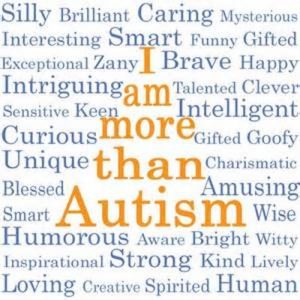 Last year I had the privilege of being asked to take part in the last of a three-series documentary on living positively with autism – in childhood, in teenage and now in adulthood. The documentarian, Alison Toomey, has a wonderfully light touch that creates the space for her subjects to speak their own words and, in effect, direct the outcome to express their priorities. Links to all episodes are here.
Last year I had the privilege of being asked to take part in the last of a three-series documentary on living positively with autism – in childhood, in teenage and now in adulthood. The documentarian, Alison Toomey, has a wonderfully light touch that creates the space for her subjects to speak their own words and, in effect, direct the outcome to express their priorities. Links to all episodes are here.




